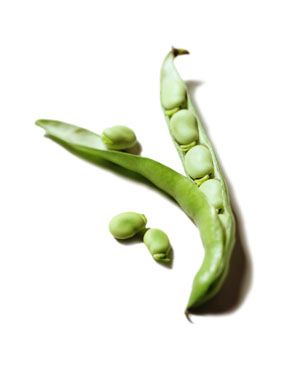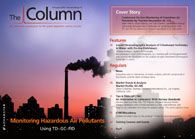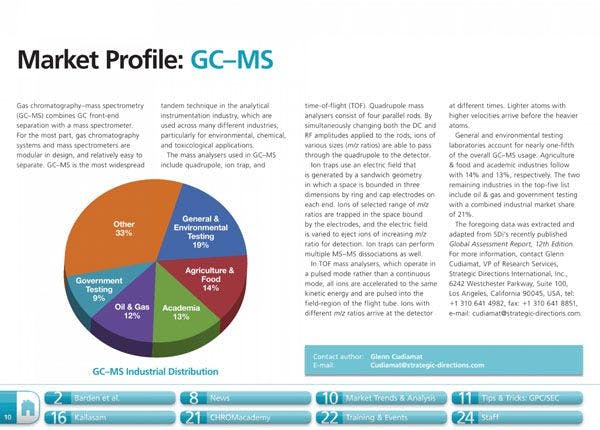Characterizing Phenolic Compounds in Fava Beans
Fava beans are a good source of polyphenols and are located in different parts of the plant. Phenolic compounds are thought to contribute to the overall antioxidant activities of plant foods. However, there is a lack of information on the phenolic composition of the seeds (beans) of some edible varieties. This has led a team of researchers based in Chile and Spain to use high performance liquid chromatography (HPLC) to identify the composition of a variety of immature fava seeds.1

Fava beans are a good source of polyphenols and are located in different parts of the plant. Phenolic compounds are thought to contribute to the overall antioxidant activities of plant foods. However, there is a lack of information on the phenoliccomposition of the seeds (beans) of some edible varieties. This has led a team of researchers based in Chile and Spain to usehigh performance liquid chromatography (HPLC) to identify the composition of a variety of immature fava seeds.1
Chile is one of the largest exporters of fava beans in the world and beans are often eaten in an immature seed state whenthey are still tender and young. The team selected 10 varieties for analysis. All varieties were grown in the same field andduring the course of one season. To obtain precise information on the phenolic composition, samples were analysedby HPLC with diode-array detection and mass spectrometry (HPLC–DAD–MS).
Phenolic compounds were identified by ultraviolet (UV) spectra and electrospray ionization mass spectrometry (ESI-MS) spectrometric data.Significant differences in the content of these compounds were found among the fava bean varieties. Reina Mora and Alargá contained the highest concentration of totalphenolics and Luz de Otono the greatest content of condensed tannins. In addition, Alargáhad the highest concentration of proanthocyanidins and Super Aguadulce Anasac had thehighest number of flavanols and flavones. The team concluded that additional studies wereneeded to corroborate their findings. The influence of environmental conditions would be agood indicator of phenolic composition in this type of annual crop. Ultimately, it was establishedthat there was ample room for selection studies that could produce varieties forincreased nutritional value, taste, and ease of production.
Reference
1. Cecilia Baginsky et al., Journal of Food Composition and Analysis31, 1–6 (2013).
This story originally appeared in The Column. Click here to view that issue.

Maximizing Cannabinoid Separation for Potency Testing with LC
April 7th 2025Researchers from the Department of Chemistry at Western Illinois University (Macomb, Illinois) conducted a study to optimize the separation of 18 cannabinoids for potency testing of hemp-based products, using liquid chromatography with a diode array detector (LC–DAD). As part of our monthlong series of articles pertaining to National Cannabis Awareness Month, LCGC International spoke to Liguo Song, the corresponding author of the paper stemming from this research, to discuss the study and its findings.
How Many Repetitions Do I Need? Caught Between Sound Statistics and Chromatographic Practice
April 7th 2025In chromatographic analysis, the number of repeated measurements is often limited due to time, cost, and sample availability constraints. It is therefore not uncommon for chromatographers to do a single measurement.











